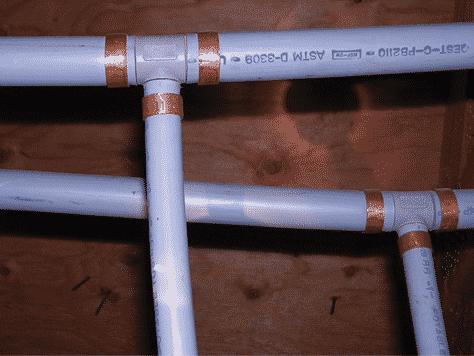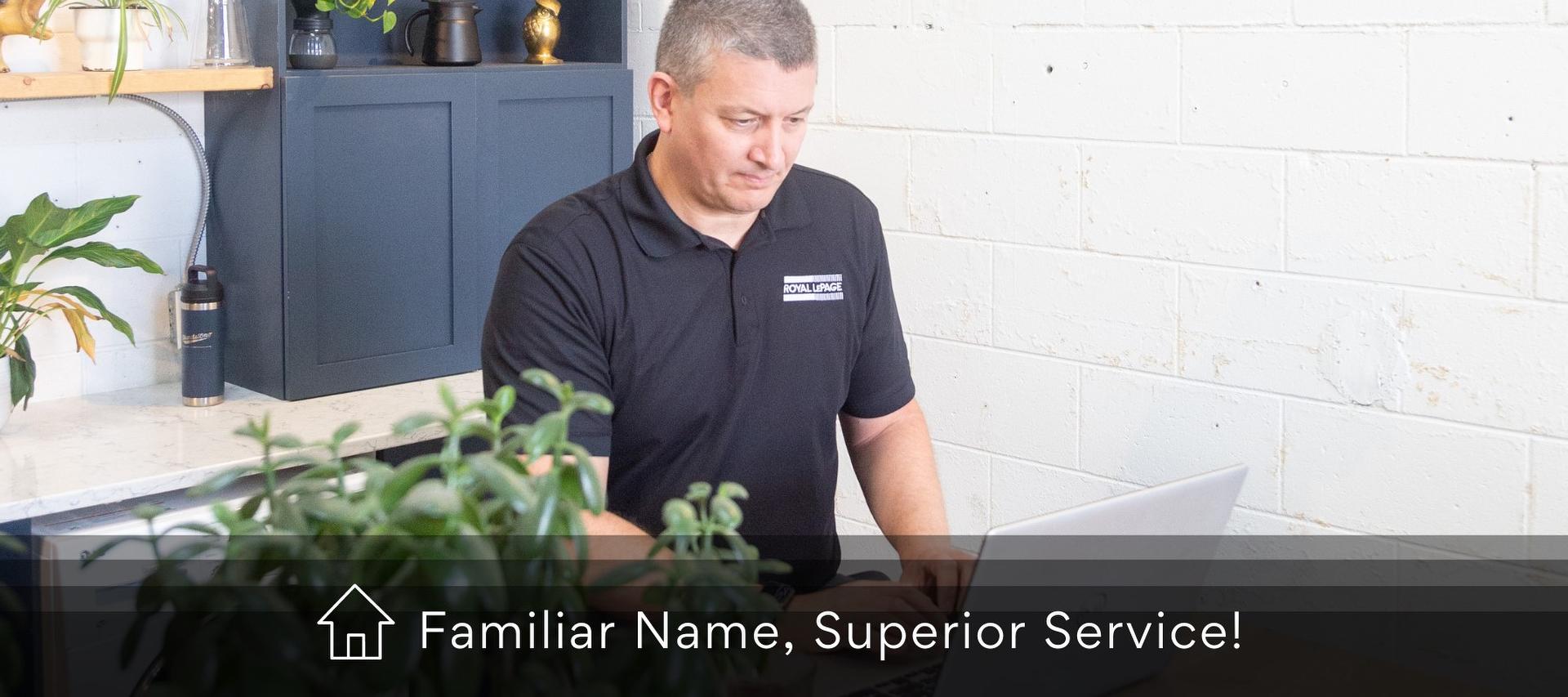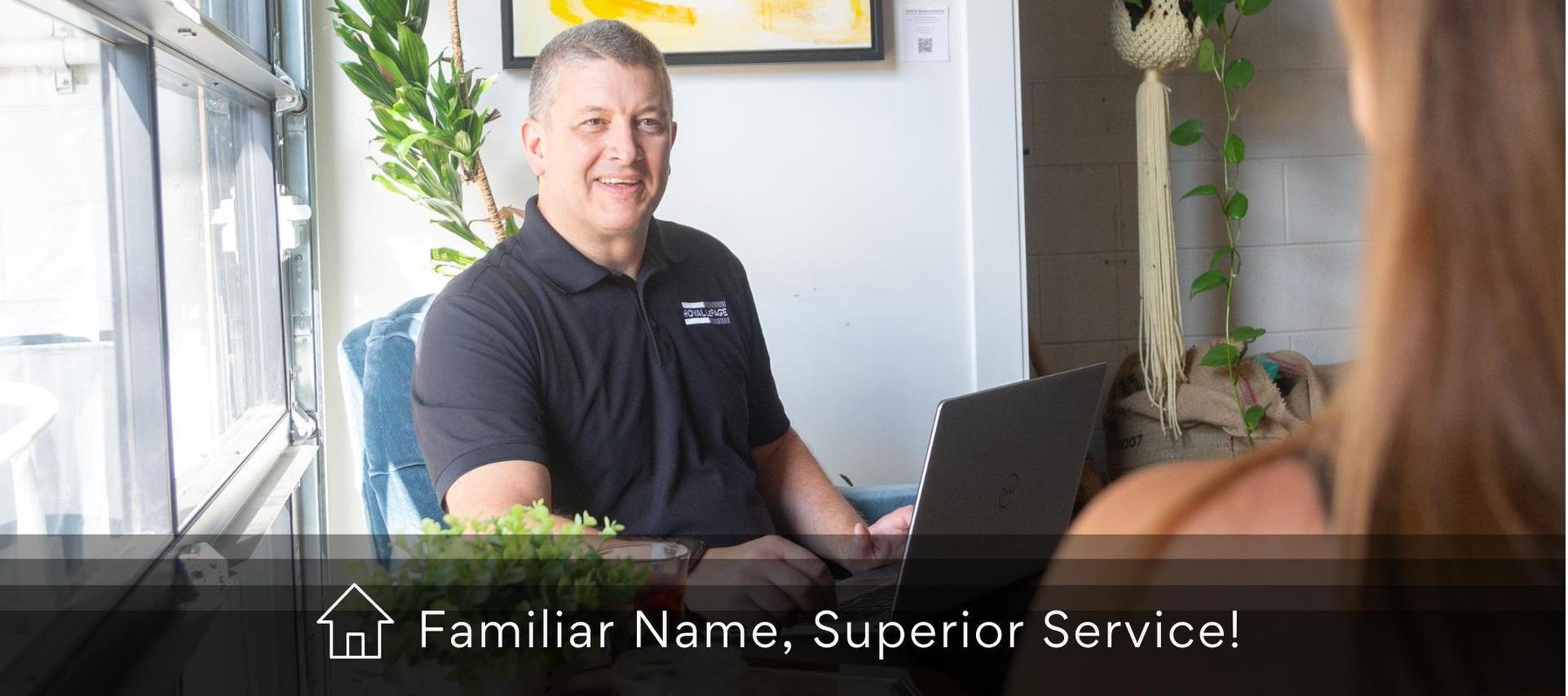Is Poly-B Really not for Me or You

Is Poly-B Really not for Me? (or You)?
If you are like me and have a home that was built in the late seventies through to the early 2000’s, your water lines are likely made from Polybutylene Resin. The Canadian plumbing code eliminated Poly-B from the code in 2005. Poly-B was used extensively as a copper piping alternative because it was inexpensive and easy to install. In fact, it was such a remarkable product that it was installed in millions of homes across North America. That was until it started to be reported that the material was “defective” and was prone to ruptures. In some cases, the product itself is reported to fail or rupture and in other cases, the actual connections or unions is what is reported to fail. Nonetheless, if you have Poly-B waterlines in your home, it is something to be concerned about.
How do I Identify Poly-B?
Poly-B is typically light grey in colour and is connected or joined with copper colour fittings/rings. In some earlier installations, plastic connectors were used. If you are unsure, try to look for the code PB2110 that is stamped on the outside of the pipe itself. An easy location to search for Poly-B is in your home’s mechanical or furnace room. If your hot water tank is newer (very likely it has been replaced since original), you will see two different colour water lines joined together – likely the lines closest to the tank will be white in colour (this is the new PEX material that is standard code today) and they will be joined with special adapters connecting to the older grey lines. Another place to look is the main water supply line that connects to the city service. This line comes in through the floor in your basement/crawlspace and is connected to a water meter. If you are still unsure, and your home was built in the Poly-B era, you may want to have a plumber verify and make a recommendation.
Is Finding Insurance an Issue?
In the case of single-family dwellings, there are still insurance options to choose from that will underwrite coverage for a property with Poly-B. In the case of multi-family (i.e., townhouse complexes, condo buildings, etc.) the insurance industry has begun to mandate these developments make plans to replace all Poly-B prior to policy renewal. This is a strong indication of the direction the insurance industry is heading with respect to dealing with Poly-B. It is just a matter of time that single-family properties will be mandated to replace their Poly-B within a certain time frame.
What is involved in Replacing Poly-B?
Unfortunately, there is no easy way to simply replace Poly-B. This is because water lines are installed during the pre-drywall stage and so they reside within your home’s walls and floor spaces. To replace them, the walls and floors need to be “opened up”. This is not only expensive but very messy as well. The typical cost to replace Poly-B will depend on how much finished space needs to be repaired afterwards. A good estimate for an average budget is $8,000 - $12,000. Given the cost and the eventual insurance requirement to replace them, starting to budget for Poly-B replacement is a prudent decision.
Are there any interim options?
Yes! A great product is available from Moen and is called the Moen Flo - Smart Water Shut Off Valve. It is completely digital and is installed on the main waterline as it enters your home. Once installed, the device silently monitors for leaks 24/7. It is sensitive enough to detect the smallest pin hole leak or toilet left running. The device is “smart” in that it learns your family’s usage and continues to measure usage against a baseline. It will send alerts to your smartphone, and you can shut off the water supply to your property from anywhere on the planet with an internet connection. In the event of a “critical” alert, the actual company (Moen) gets involved. If you do not respond right away to the alert on your smartphone, an automated service tries phoning your contact number. If you still do not respond, the water supply to your home is shut off within 5 minutes – and contains the leak to a small amount of damage vs. a catastrophe. I personally recommend this device for everyone (not just homes with Poly-B) as water damage is, by far, the leading cause of insurance claims for property owners. I installed mine in 2022!


